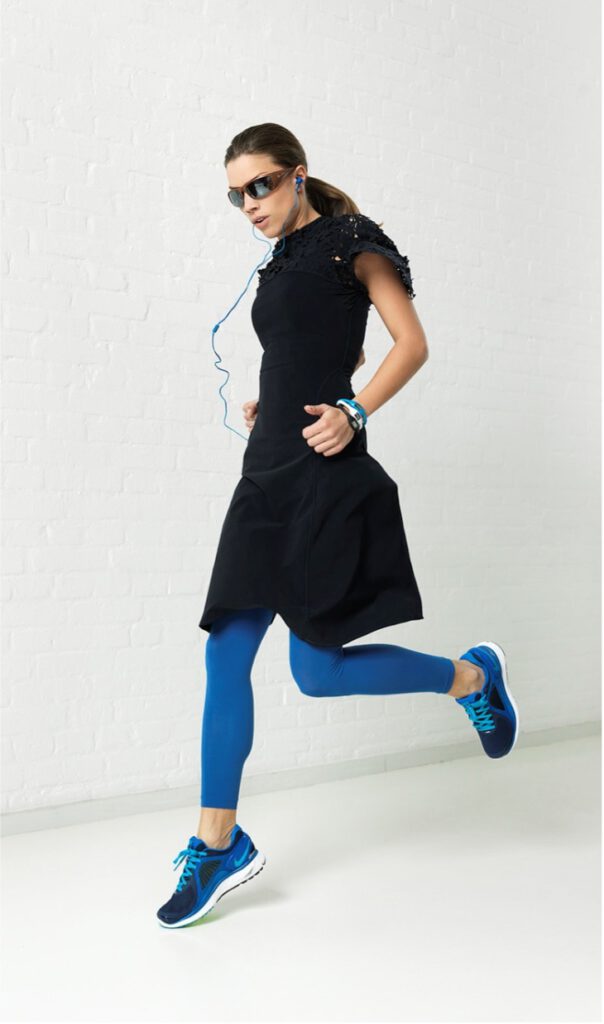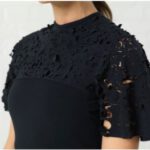3D Design
Overall, integrating 3D pattern cutting into the design process allows fashion brands to streamline operations, create higher-quality garments, and stay competitive in a rapidly evolving industry.
Benefits for Fashion Brands:
Integrating 3D Design into the design process allows fashion brands to streamline operations, create higher-quality garments, and stay competitive in a rapidly evolving industry.
Time and Cost Efficiency: 3D pattern cutting reduces the need for creating multiple physical prototypes, which can be time-consuming and expensive. Adjustments and iterations can be made virtually, saving both time and material costs.Enhanced Fit and Accuracy: 3D simulations provide a more accurate representation of how the garment will fit and move on a real body, leading to improved fit and overall design quality.
Creative Exploration: Designers can experiment with various design ideas and pattern alterations quickly and easily in the virtual environment, encouraging creative exploration.
Reduced Waste: By minimizing the need for physical samples, 3D pattern cutting contributes to a more sustainable design process, reducing material waste.
Effective Communication: 3D visualizations offer a clear and precise way to communicate design concepts to team members, manufacturers, and clients, reducing the likelihood of misinterpretations.
Rapid Prototyping: Virtual prototypes can be shared digitally, enabling faster communication and decision-making between design and production teams.
Customization: Brands can easily create customized garments for different body types or customer preferences using 3D pattern cutting.
Innovative Designs: 3D pattern cutting opens up possibilities for unique and innovative designs that may not be feasible with traditional methods.

Process of 3D Design:
3D design involves using digital tools and techniques to create, manipulate, and visualize garment patterns in a three-dimensional virtual environment. Here's how pattern cutting through 3D works and why it can benefit fashion brands:
- Digital Pattern Creation: The process starts with creating the basic garment pattern pieces digitally. These digital patterns can be created from scratch or converted from traditional 2D patterns.
- 3D Draping and Simulation: Once the digital patterns are ready, they can be draped onto a virtual 3D model. Simulation software allows the patterns to behave realistically, simulating how the fabric would naturally fall and drape on the body.
- Adjustments and Iterations: Designers can easily make adjustments to the patterns in the 3D environment. This includes modifying seam placements, altering dart positions, adjusting lengths, and more. These changes are immediately reflected in the 3D draping simulation.
- Visualization: Designers and stakeholders can visualize the garment from various angles, seeing how it looks from the front, back, sides, and even during movement. This helps in making informed design decisions before creating physical prototypes.
- Fit and Validation: 3D pattern cutting allows for virtual fitting sessions, where the fit of the garment can be assessed on the 3D model. Fit issues can be identified and corrected before physical samples are produced, saving time and resources.
Want to try yourself?
I have created small indication collections, for you to see how it would work if we would work together in 3D
- Click on one of the buttons bellow
- Create a Clo-set account (it is free and quick) or log onto your account
- View the 3D images: Move the images around, change colours, watch other information and enjoy!
Get in Touch
Would you like my expertise on your next project? I can help with creating fashionable concepts, innovatieve designs and advise on material usage.



